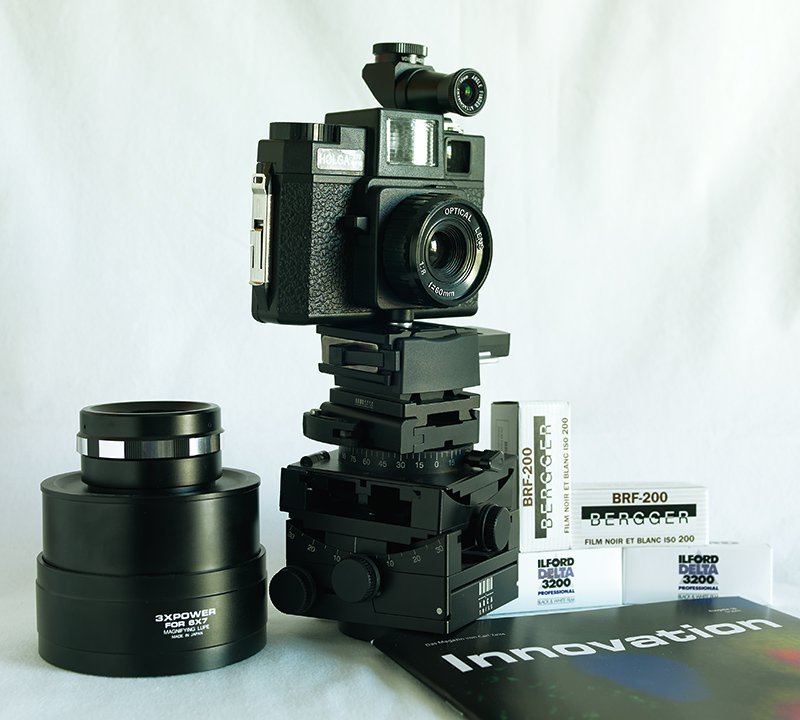I know that this is a touchy subject on this forum. So, I will try to walk softly.
People keep saying the same thing over and over .... they do not understand why film was eliminated with the H3D-II. It has been explained over and over why ... and Paul just explained it again. More fully integrated functions and optimal auto focusing ability for digital sensors can be achieved. More and more functional improvements can be added to existing cameras as time passes without having to buy a new camera and digital back ... or sending everything in to be updated. Look at the T/S unit and newer lenses Hasselblad is offering to meet professional demands. Look at how Hasselblad has improved the features of the H3D-II in the past year.
The H2F was Hasselblad's nod to film users, it incorporated as much of the digital technology as possible, while still being a perfectly capable film camera. However, it cannot incorporate all of the digital advancements while maintaining that film ability. The H2F is an excellent 645 film camera, but as a digital solution is not as good as the H3D-II.
I have both. The H film backs for the H2F are cheap to buy used ... LN film backs for $150, to $200. I now have 3 of them and will get a fourth one. The camera rocks. I like it better than any other 645 camera currently available IMHO. I use all my 500 series V lens collection on it, or any of my H/C autofocus lenses. I'll eventually get a digital back for it. Any CF or CFH back will work. But as a digital system it will not be as good as my H3D-II.
Saying that Hasselblad's marketing department is making the decisions is stated as being a bad thing. Is it really? With the troubles faced by Rollei it is questionable whether there will be a Hy6 platform in future. As good as it is, the Hy6 did not take the industry by storm as predicted. Why is that?
Marketing departments can inform as to what will sell and what will not ... catering to a small segment of the market at the expense of advancing products demanded by the larger segment is "dumb" marketing.
This leaves discontinued MF platforms which were film based designs that cannot be fully integrated digitally unless they had been kept alive and further developed, and the Mamiya platform which is less modular and less integrated than the H3D-II camera/back.
The battle ground for survival is not in film. It is in digital capture. There are literally millions of excellent film cameras one can buy in the market place that will accept a less integrated digital back. Why would any company cater to a market segment where you can buy an excellent camera for a song, and add a less integrated digital back from literally every company that makes digital backs?
Right, wrong, or indifferent ... the fact is, what sells dictates what will be engineered and made, not the wishes of a small segment of purists who if catered to at the expense of what the larger market segment wants, would likely spell the demise of that company in short order.
Meanwhile the likes of Canon, Nikon, and now Sony and Leica are breathing down all of the MF makers necks. None of them are worried about maintaining any film ability. They are fully integrated digital systems ... and darned good ones I might add.

